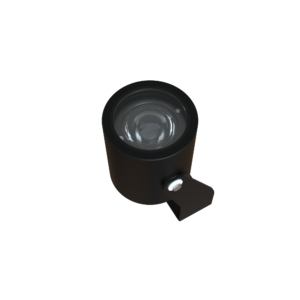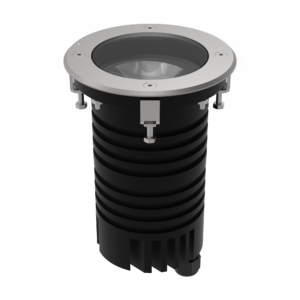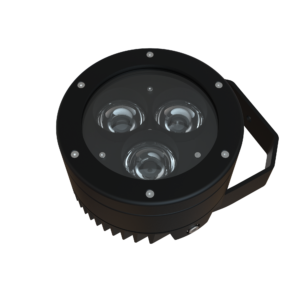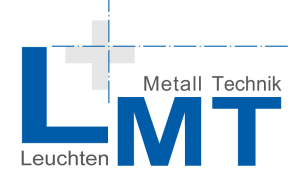Hilpoltstein
Short recap
From the 11th century onwards, a stone castle stood on the sandstone rock above the town of Hilpoltstein. It flourished under the Lords of Stein in the 13th and 14th centuries, whose mainly used first name Hilpolt finally gave the city its name. The last resident was Dorothea Maria, widow of Count Palatine Ottheinrich ll of Neuburg-Sulzbach, who had the castle converted into a befitting and up-to-date Renaissance palace before she moved in 1606. After her death in 1639, the unused complex fell into disrepair, and finally served as a quarry from 1700. In 1972, the castle came into the possession of the district of Roth, which had extensive protective measures taken from 1989.
In the summer months, the castle is open to interested visitors for sightseeing and guided tours. Every year in May, the medieval festival “Ritter – Barden – Beutelschneider” takes place on the Burganger in a historic ambience. In August, the upper courtyard is dedicated to the traditional Castle Theatre as part of the annual folk festival.
In order to provide the imposing building with contemporary as well as authentic and attractive illumination, the lighting designers Georgios Paissidis and Iva Vassileva developed a new lighting concept, which was implemented by LMT GmbH in 2020. The official opening will take place at the beginning of October 2020.
The project in numbers
YECTO spotlights
Luminaire and mounting variants
Pixel light
Light scenes with PICOlightnode
Project: Night Landscape Hilpoltstein castle ruins
Visual
We asked…
What was the basic idea for this project?
Due to its dominating keep the Hilpoltstein Castle is undoubtedly the landmark of the city of Hilpoltstein.
Nevertheless, the presented lighting planning goes beyond the usual reinforcements of the long-distance effect of a sight at night, with the intention of making the castle ruins the destination of an attractive walk through the city.
Thus, the expectations for a comfortable stay at the castle demand special attention for the design of the corresponding nightly close-up of the castle.
After all, the city-geographical location of the castle is suitable for its integration into the experienceable public space at night.
What was the approach from a lighting point of view?
The following quality criteria have been set for the lighting of the castle:
- Compatibility with the typology of ruins
- Compatibility with the desired night mood in public spaces
- Compatibility with historical background and materiality
In order to meet the first criterion, evenly distributed surface lighting is dispensed with and selective and locally varying illumination is implemented instead. The plotted “imperfection” of lighting is in line with the ageing phenomena of the castle ruins and is a means of highlighting them. This is due to the mostly applied sculptural striplight, which demonstratively dissolves the wall into its individual stones, as well as to to the palette of warm but intentionally not uniformly tinted light colours.
The preservation of the night mood serves not only the chronobiological correctness of the city lighting in the sense of the requirements of Human Centric Lighting. It is at the same time an essential component of the legendaryness of the castle ruins, whose mythological potential develops rather at night in an ambient sense. The night compatibility of the lighting is also served by a intended light control system, which provides for gradually fading light scenes for the successive night phases.
In order to meet the last criterion, attention was paid to the concealment of the technology and in particular to the relationship of the light colours occurring with the spectrum of light colours of medieval light sources (torch, candle, etc.). These become the starting point of the appearance of glowing reds in connection with the spectral reflexion characteristics of the sandstone. The trembling of the flame in the cave of the most dominant foundation rock on the east side of the castle ruins is intended as a key gesture for a spontaneous reading of a true glow in the sense of shape theory.
How have these aims finally been implemented?
In order to achieve the intended effect, a total of 60 luminaires were arranged according to the specifications of the lighting planners in different designs around the castle ruins and in the castle courtyards.
The most commonly used luminaire types were spotlights of type YECTO 3.R, YECTO 1.R, and YECTO .one. In addition, a pixel light was mounted in the rock slot, in which each single LED can be controlled individually, e.g. to realize color gradients within the luminaire.
The existing lighting technology of the LMT projectors of the YECTO type has been modified and specially adapted to the needs of “rusty” looking warm-toned lighting with red and orange hues. It was an advantage that different light distribution characteristics can be realized very easily for the YECTO spotlights with their hybrid optics and glass lenses. Specially developed LED boards in different nanometer ranges provide the “rusty” light that intensifies sandstone hues. Large floor installation tanks are used making the luminaires water-tight and walkable and provide enough space for the required tilting angle of the spotlights.
In addition, the luminaires were designed to be dimmed and to operate automatedly. Thus, the illumination of the castle complex starts automatically at sunset, in order to gradually shut down as the night progresses. From 11:00 pm, the public facade lighting must be completely switched off by law, so that only the soffit lights in the window openings and the flag lighting on the tower top top remain until the morning hours for the long-distance effect. With the dawn of the day, these also automatically extinguish. In order to be able to implement this standard setup and other control options as desired and also flexibly, LMT’s new light control system PICO lightnode was used. It works autonomously when necessary, so that the user does not have to worry about central control systems. Dimm curves can be set via individual light curves, which are programmed meeting the conditions of the specific location depending on the time, ambient light or the position of the sun.
Applicated luminaires
Project partner
Principal
MUH Museums- und Heimatverein Hilpoltstein e.V.
Lighting planning
Georgios Paissidis, Iva Vassileva





